 Trigger point pain is the main primary source of pain in 30-80% of patients. According to a clinical study, dry needling is an effective therapy for such pain.
Trigger point pain is the main primary source of pain in 30-80% of patients. According to a clinical study, dry needling is an effective therapy for such pain.
Although dry needling has only recently grown in popularity, it has actually been practiced for decades and has its origins dating back to the early 1970s.
Many patients who could benefit from dry needling don’t know a thing about it, but it might be just what you need to relieve your back or neck pain.
Here is everything you need to know about dry needling.
What is Dry Needling?
Dry needling is a specialized technique where a trained professional inserts thin filiform needles deep into the skin to stimulate trigger points in muscles to relieve pain. The needles contain no liquid and are not laced with any drugs.
Trigger points are tight bands or knots of muscles located in specific areas on large muscle groups. They are responsible for pain in various parts of the body and skeletal movement. For instance, a headache may originate from trigger points in the shoulder region.
The idea is to follow and manipulate the pain pattern of a particular area by stimulating these trigger points.
Dry Needling vs. Acupuncture
Dry needling is often mistaken for acupuncture. Both techniques involve inserting thin needles under the skin to achieve what seems to be roughly the same results.
However, acupuncture and dry needling have their differences.
Acupuncture is an ancient practice based on Eastern culture and medicine. It is believed to provide comfort and wellness by altering the flow of energy (Qi), along specific regions of the body called meridians.
Dry needling, on the other hand, is a science-based procedure that targets muscles and connective tissues to relieve pain. It also uses fewer needles and takes less time than acupuncture.
Does It Work?
Dry needling may seem a bit unconventional for modern medicine, but it has been proven to work. Numerous studies conducted in recent years support evidence that dry needling treats neuromuscular conditions.
Dry needling therapy is known to relieve muscle pain, improve range of body motion, and speed up recovery after an injury or muscular fatigue. The therapy is popular with athletes looking to enhance their sports performance after a tough season.
Depending on the condition, the therapy may need more than one session. Most patients report a quick relief after just the first session.
What Are The Side Effects?
The needles themselves barely hurt, but some patients experience an aching or cramping feeling once the trigger point is stimulated.
The most common side effect is soreness, which dissipates quickly by itself. However, the procedure is not recommended for people with needle phobia, varicose veins, cognitive impairment, and abnormal bleeding conditions.
Since only licensed practitioners conduct the therapy, there is very little chance of something going wrong.
The Takeaway
Dry needling is effective for pain treatment, but on its own, it may not fix all the problems. You will have to combine it with other therapies such as massages, soft tissue mobilization, and therapeutic exercise for satisfactory results.
It should not be taken as an alternative to other forms of treatments but rather a supplementary therapy.
Are you a fitness or sports enthusiast looking to step up your game? Techniques like dry needling will help you stay on your feet, but you also need a helping hand. Contact us to learn about our personal training programs.

